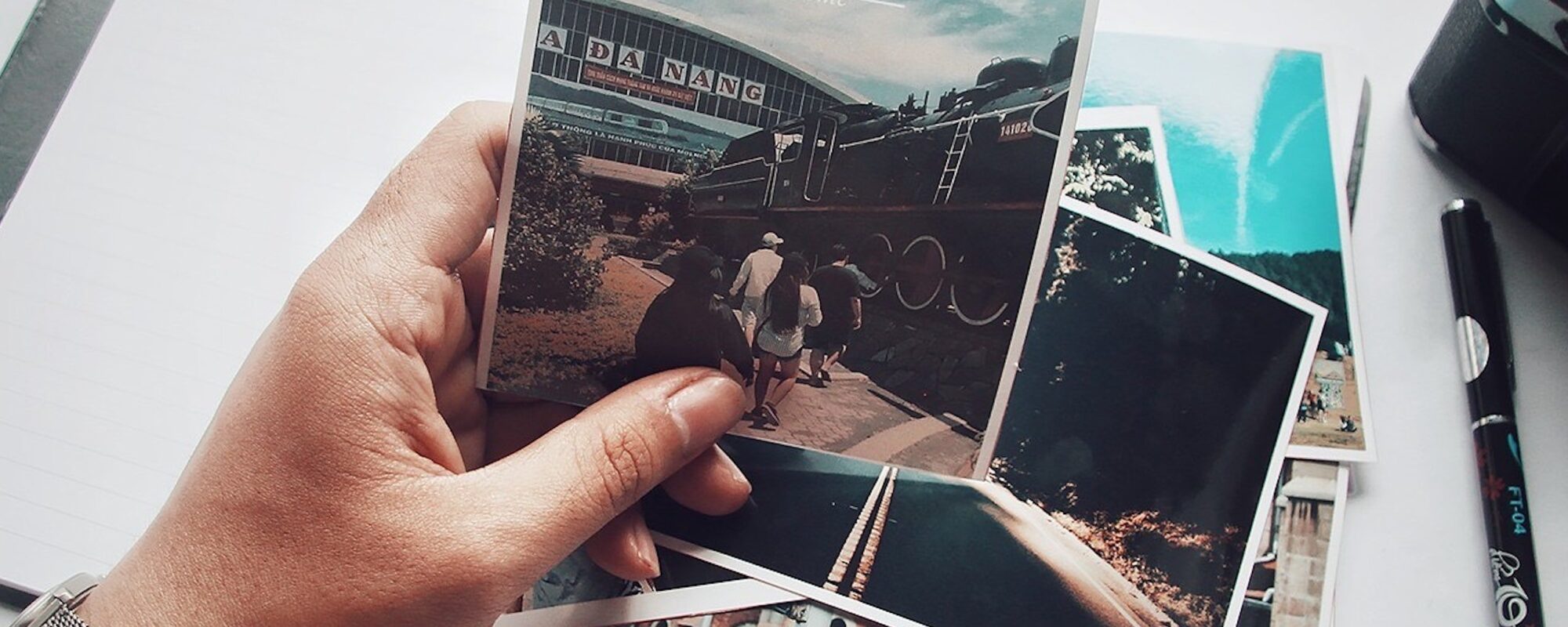In e-commerce, high-quality product photography is not just a nice-to-have—it’s a critical component for driving sales. Since online shoppers can’t physically hold or inspect a product, your images serve as a silent salesperson, building trust and conveying value. The “How To: Product Photography That Will Generate More Sales” article from Emma Milestone Photography offers a strong foundation, and by expanding on these principles, you can create a truly compelling visual presence for your products.
Foundational Principles of Product Photography
The process begins with the right setup. The article emphasizes a few core elements that are non-negotiable for professional results:
The Right Equipment: While a smartphone can work in a pinch, a high-resolution DSLR or mirrorless camera offers greater control and image quality. A tripod is also essential for stability, ensuring your photos are crisp, sharp, and consistent across your entire product line.
Mastering Light: Light is the most important element in any photograph. Natural light is often the easiest and most flattering source, but for a studio setup, artificial lighting (such as softboxes or ring lights) gives you complete control over shadows and highlights, allowing you to showcase product details without harsh glare.
Background and Composition: A clean background, especially a classic white sweep, eliminates distractions and makes your product the clear focal point. However, don’t be afraid to use colored or textured backgrounds to create a specific mood. When composing your shot, consider principles like the Rule of Thirds or leading lines to guide the viewer’s eye and create a more dynamic image.
Expanding Your Visual Storytelling
Beyond the basics, successful product photography tells a story and connects with customers on an emotional level. To add more depth and increase conversions, you need to think beyond a single shot. For a comprehensive look at what makes for a great visual strategy, the Shopify Ultimate DIY Guide to Beautiful Product Photography is an excellent resource.
Show Every Angle: Don’t just show one view. Provide multiple angles—front, back, sides, and top—so customers can get a complete, 360-degree understanding of the product. This builds confidence and reduces returns.
The Power of Lifestyle Shots: A studio shot is great for showing details, but a lifestyle shot shows the product in its intended context. For example, a water bottle shown on a hiking trail or a necklace being worn by a model. This helps the customer visualize the product in their own life.
Highlight Key Features: Use close-up or macro shots to draw attention to important details like texture, stitching, or unique craftsmanship. These detailed shots provide the sensory information that is missing from an online shopping experience.
Add Scale and Context: Customers often struggle to judge a product’s size online. Include an image with a common object or a person to help them understand the product’s scale. For more on how to use imagery to build customer trust, I found a great article from Design Shifu on Creating Product Images That Drive Sales.
A Final Thought on Professionalism
While DIY photography is a great start, a professional photographer can save you time and money while guaranteeing a high-quality result. To see how professional photography has helped other businesses, explore my Case Studies or learn more on my Blog.

